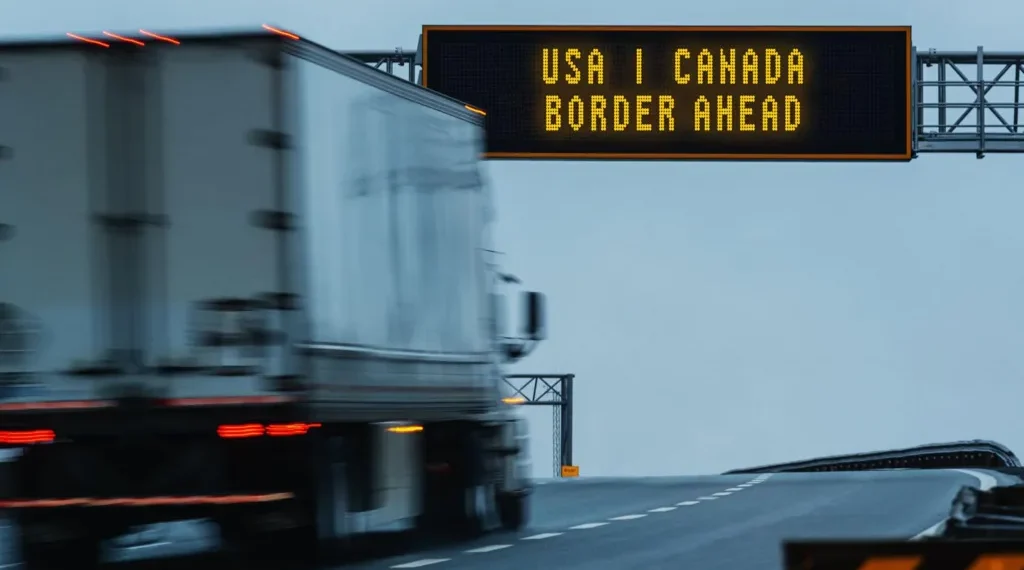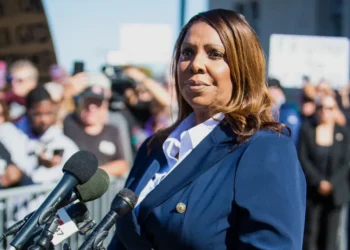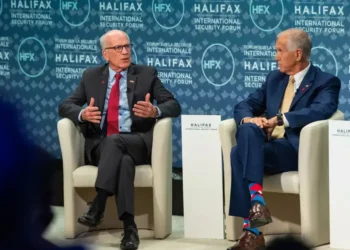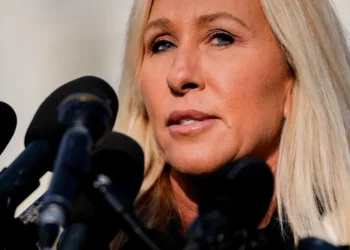Canada Introduces New Border Measures in Response to Trump’s Tariff Threat
In response to a looming threat from U.S. President-elect Donald Trump, Canada has unveiled a comprehensive plan to enhance security along its shared border with the United States. The new measures, which include strengthened surveillance and a collaborative “strike force” aimed at transnational crime, come after Trump threatened to impose a 25% tariff on Canadian goods unless Canada secures its border against irregular migration and the flow of illegal drugs.
Economists have warned that such tariffs could have a significant negative impact on Canada’s economy.
Canada’s $900 Million Border Security Plan
Canada’s Minister of Finance, Dominic LeBlanc, revealed that the federal government will allocate C$1.3 billion (approximately $900 million USD) to fund the new border security initiatives. These measures are designed to prevent illegal drugs and irregular migration while ensuring the continued free movement of people and goods—key components of North America’s economic prosperity.
LeBlanc emphasized that the new strategy aims to strike a balance between increased border security and facilitating trade and travel. The plan outlines five key areas of focus:
- Disrupting the Fentanyl Trade
- Equipping Law Enforcement with New Tools
- Enhanced Coordination with U.S. Law Enforcement
- Expanded Information Sharing
- Improved Border Traffic Management
Key Features of the New Border Strategy
Among the key measures, Canada will launch an aerial surveillance task force equipped with helicopters, drones, and mobile surveillance towers to monitor the border. The Canada Border Services Agency (CBSA) will also receive funding to train new detection dog teams and introduce advanced tools to better detect drugs at high-risk entry points.
Additionally, the government plans to establish a joint strike force composed of both Canadian and U.S. authorities. This force will tackle issues such as synthetic drug trafficking, provide operational support during surges, and enhance enforcement efforts through combined units, expanded operational capacity, and new infrastructure.
Addressing Trump’s Concerns
The new border strategy is directly aligned with concerns expressed by Trump regarding fentanyl and undocumented immigration entering the U.S. from Canada. While the number of border crossings and fentanyl seizures between the U.S. and Canada is significantly lower than at the southern border, the Canadian government is working to address these issues proactively.
Both Mexico and Canada face similar tariff threats from the incoming administration.
Diplomacy and Coordination with the U.S.
LeBlanc mentioned that he had a “preliminary” discussion with Tom Homan, Trump’s appointed “border czar,” about the new plan. LeBlanc expressed optimism about the conversation, highlighting the importance of collaboration between the two countries.
The announcement of the new border plan coincides with LeBlanc’s first day as Canada’s finance minister. He was quickly sworn into office following the unexpected resignation of Chrystia Freeland, who stepped down citing disagreements over spending priorities and the country’s future direction.
Freeland’s departure has added pressure to Prime Minister Justin Trudeau’s already weakened minority government. In a defiant speech during a holiday event, Trudeau addressed the challenges facing his leadership, noting that tough times are part of politics. He stressed that his government’s ability to persist through difficult moments is what has allowed them to hold the record for the longest-running minority government in Canadian history.
Conclusion
Canada’s new border security plan seeks to address both domestic and international concerns while strengthening the nation’s borders. With the looming threat of U.S. tariffs, the initiative reflects Canada’s commitment to border security and its desire to maintain strong economic ties with its southern neighbor.
This article was rewritten by JournosNews.com based on verified reporting from trusted sources. The content has been independently reviewed, fact-checked, and edited for accuracy, neutrality, tone, and global readability in accordance with Google News and AdSense standards.
All opinions, quotes, or statements from contributors, experts, or sourced organizations do not necessarily reflect the views of JournosNews.com. JournosNews.com maintains full editorial independence from any external funders, sponsors, or organizations.
Stay informed with JournosNews.com — your trusted source for verified global reporting and in-depth analysis. Follow us on Google News, BlueSky, and X for real-time updates.














